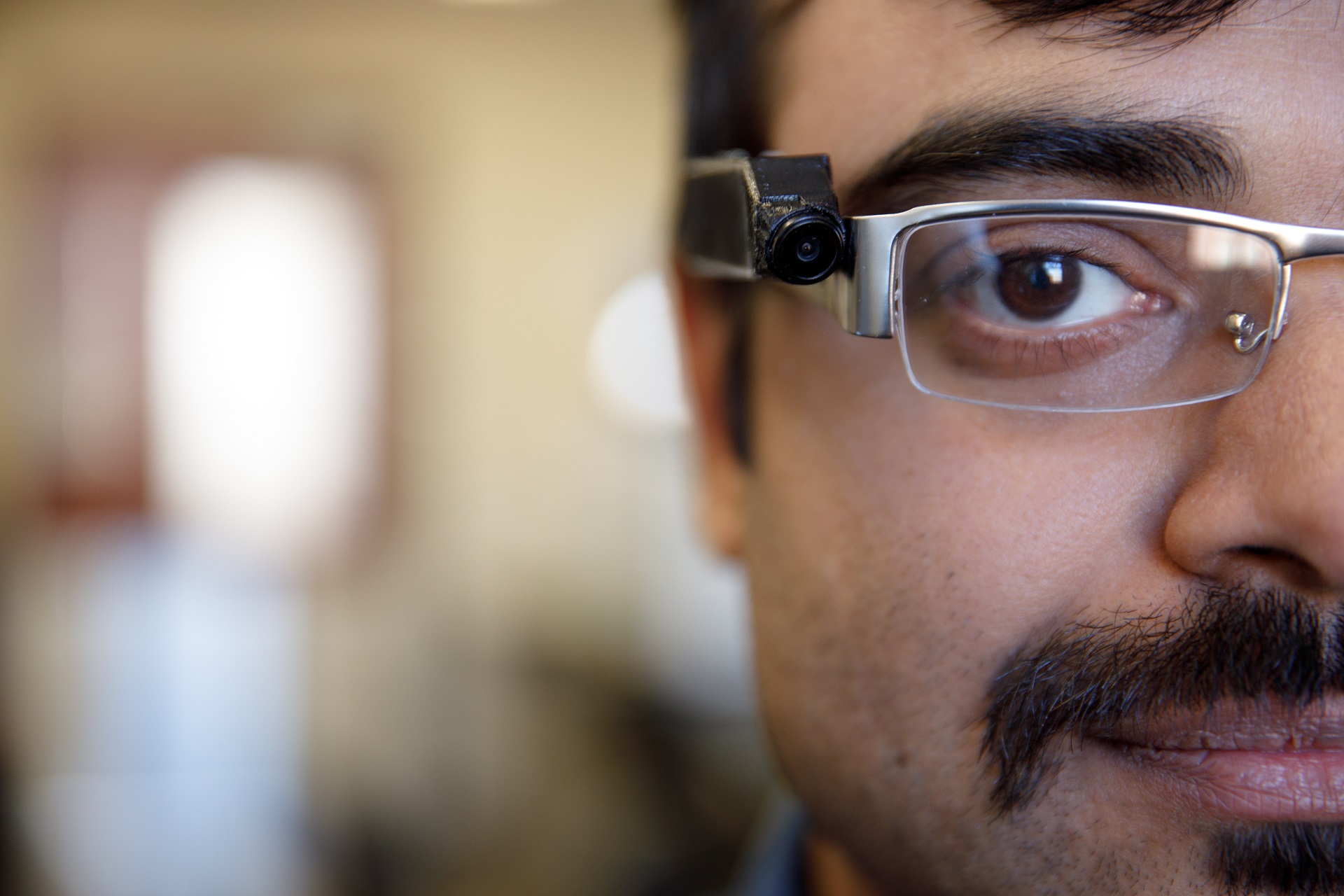A wearable device that tracks diet developed by researchers at The University of Alabama will be used as part of a study of individual nutritional responses.
The innovative technology passively records a person’s caloric intake by monitoring the type and quantity of food a person eats, which will be part of dietary assessment methods that investigate the links between diet and chronic disease outcomes such as obesity and cancer.
UA is working on a project led by the University of Hawaiʻi Cancer Center, which is part of a larger study called the Nutrition for Precision Health funded by the National Institutes of Health. UA’s technology will initially be used in one of the 11 projects supported by the NIH initiative, and it’s possible more projects will use it in the future.
For Dr. Edward Sazonov, whose lab invented the technology at UA, this is an opportunity for an engineering solution that collects accurate data to help a nationwide effort to improve health through personalized nutrition recommendations.
“This is a big project, so it’s exciting to get to this point where we can use a novel tool in a major nutritional study,” said Sazonov, professor of electrical and computer engineering. “One of our goals has always been for this to be used clinically, and inclusion in this study is further validation of the technology that helps us gain more ground in proving its usefulness.”
Called the Automatic Ingestion Monitor, the device requires no self-reporting from the user; only compliance in wearing the device. The latest version of the device to be used in the study detects food eaten, characterizes the microstructure of the food and captures images of the food being eaten and estimates the caloric intake of the user, according to previous studies.
“It produces rich results on real, live behavior throughout the day, and it doesn’t require participants to take pictures, respond to surveys or keep a food diary,” Sazonov said.
Personalized nutrition, also known as precision nutrition, focuses on an individual’s dietary needs rather than groups of people. A major challenge in precision nutrition is the inability to combine the many factors that affect how individuals respond to diet into a personalized nutrition regimen. These potential factors include gut microbes, metabolism, nutritional status, genetics and the environment. The way these factors interact to affect health are still poorly understood.
To address these gaps, the national project will collect new data on multiple potential predictive factors and combine it with existing data in another large NIH project, All of Us, to develop a more complete picture of how individuals respond to different foods or dietary routines.
The project, led by Dr. Carol Boushey at the University of Hawaiʻi Cancer Center, is designated a Dietary Assessment Center and includes nutritionists, epidemiologists, registered dietitians, biostatisticians and engineers specializing in image analysis. Along with UA’s AIM tool, web-based and image-based apps will also be used. These advanced technological tools will combine precision dietary assessment and research translation to better understand eating behaviors, diet-disease relationships and help develop dietary intervention programs.
Along with UH and UA, participating institutions on the project include Boston and Purdue universities.
Contact
Adam Jones, UA communications, 205-348-4328, adam.jones@ua.edu
